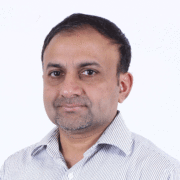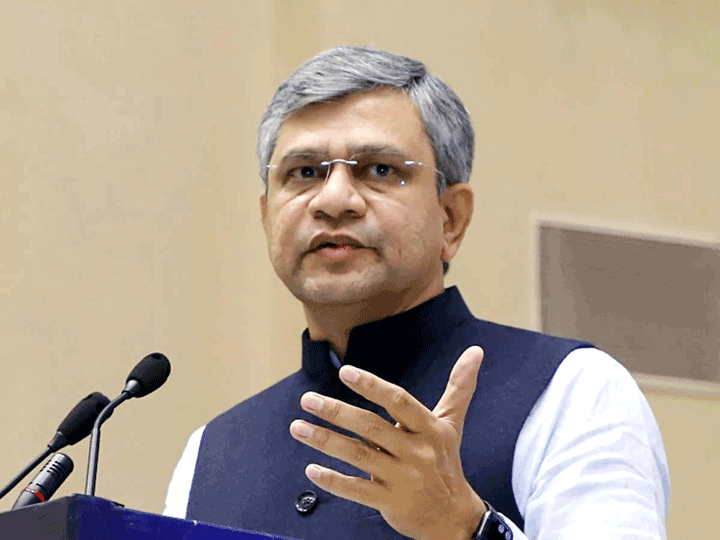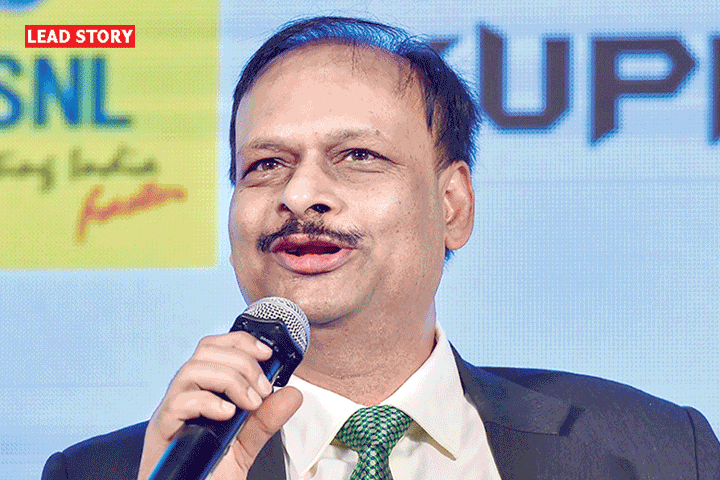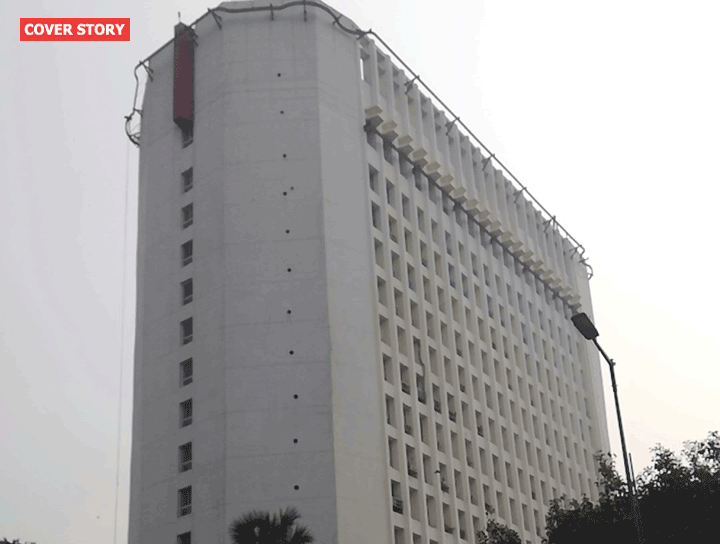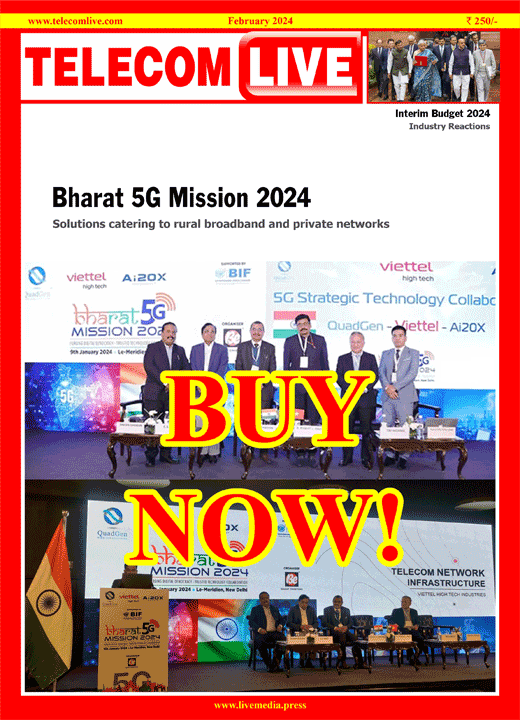Ensuring digital growth vital for regulatory policy: Manoj Sinha
In the wake of changing telecom landscape and increased focus on making India digital, telecom minister Manoj Sinha Monday said that the regulatory policy should facilitate growth of digital technologies.
Sinha was speaking at the Asia-Pacific regulators roundtable jointly organised by the International Telecommunications Union and the Telecom Regulatory Authority of India (Trai).
“Regulatory framework should come up with policy recommendations to ensure growth of digital technologies,” he said, adding that digitisation promotes efficiencies, and is a driver of inclusive economic growth.
The use of digital technologies, according to Sinha, is transforming the public sector and policy challenges should be addressed appropriately.
With data-driven fourth-generation (4G) technology and OTT (over the top) services becoming mainstay, operators worldwide are demanding regulatory intervention to safeguard their investments.
Narendra Modi-led NDA government is banking on its ambitious digital India programs that seeks to radically change the connectivity landscape with 100% tele-density, broadband highways and electronic delivery of services to 1.3 billion people.
“Digital India program is Digital India program is aimed to bridge digital divide, and is centred around three key areas that include on demand government-services and provides inclusive growth and job opportunities,” Sinha said.
He also said that banking the unbanked through Pradhan Mantri Jan-Dhan Yojana is one of the biggest programs in the world to bring banking services to all households.
Affordability, he said, would remain a central area for the government.
Now, more than a billion people have digital identity, Sinha said, adding that all government services are being provided to citizens through mobile platform.
The objective of regulators roundtable, according to him, was to exchange some of the best practices.
“The countries will be able to collaborate and adopt some of the best practises in India, and it will also keep country updated about the happenings in Asia-Pacific region,” Sinha added.
Delegations from 24 nations and 10 regulators from the Asia-Pacific region were attending the seventh edition of ITU-backed five-day long roundtable-cum-workshop in New Delhi.
“Telecom landscape is changing fast. There is a paradigm shift in in telecom sector,” Trai chairman Ram Sevak Sharma said, adding that the regulatory framework is global in approach and have an objective is to fulfil sustainable development goals (SDG) by 2030.
Sharma, however, added that digital advancements also create regulatory challenges.
“To make most of digital economy, we need to remove barriers. The main regulatory principle needs to be promoted including light-touch regulation,” Trai chief said.
Heavy regulation, he felt put pressure on the sector, and added that policies and strategies should be created in sync with digital technologies specially in developing countries.
In a regulator-stakeholder discussion on network testing methodology, incumbent telcos last week, alleged that Trai did not intervene well in time against new comer Reliance Jio which had undertaken user-based network testing while Jio argued that there should be no stringent rules for a green-field operator foraying with all new VoLTE (Voice over LTE) technology.
Sharma also said that the regulator is collaborating with the telecom department (DoT) on new telecom policy which will be forward looking and future proof.
DoT is expected to release a new telecom policy after discussions with stakeholders by March 2018 with an objective to address some of the key industry concerns as well as facilitate digital technologies.

